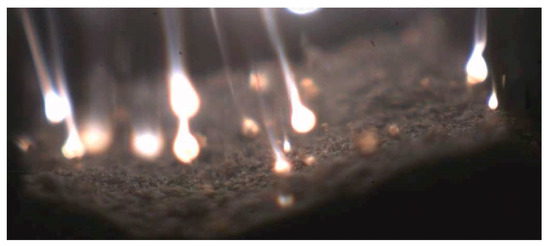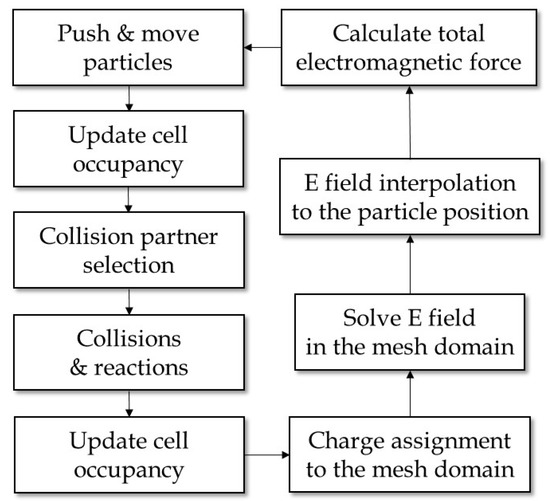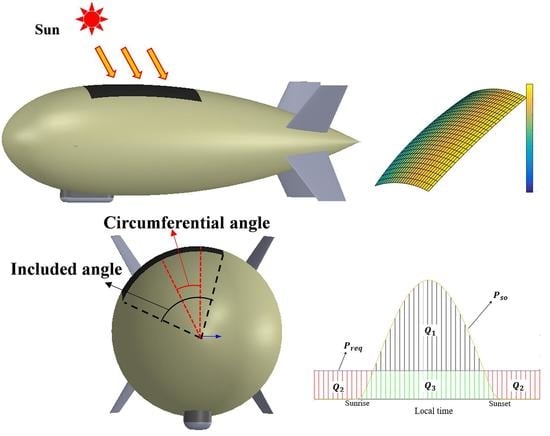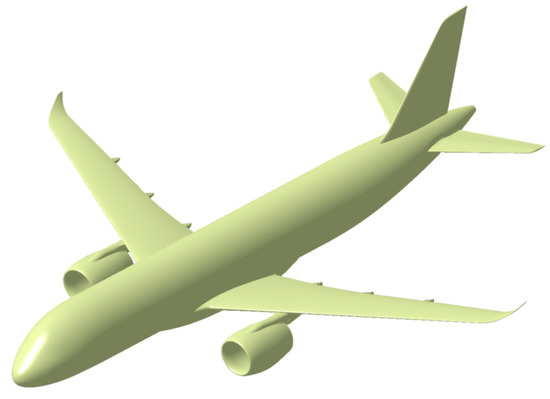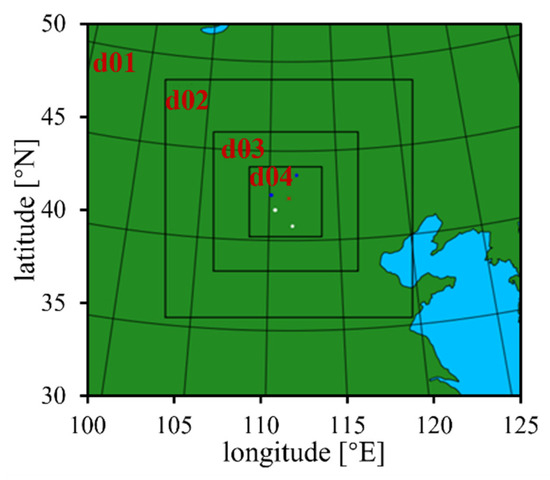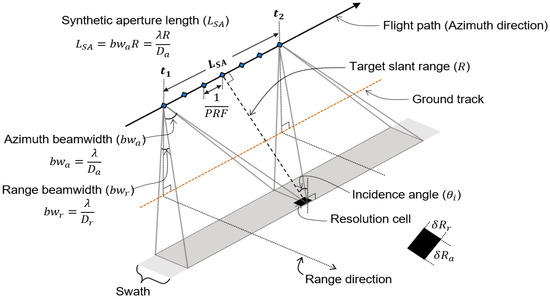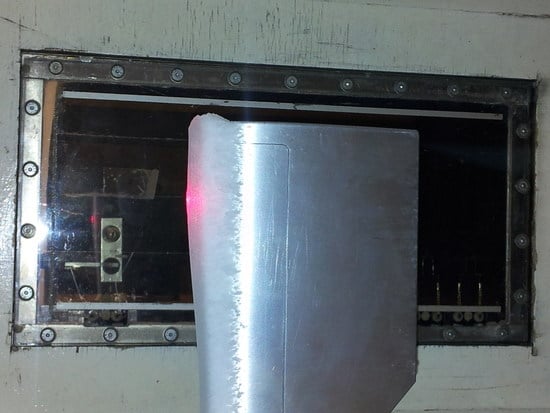1
Department of Mechanical Engineering, Howard University, Washington, DC 20059, USA
2
Sandia National Laboratories, Albuquerque, NM 87123, USA
Aerospace 2023, 10(1), 45; https://doi.org/10.3390/aerospace10010045 - 3 Jan 2023
Cited by 12 | Viewed by 3036
Abstract
Aluminum particle ignition behavior in open atmosphere rocket propellants fires is of particular interest for preventing accidents for rockets carrying high-value payloads. For nominal motor pressures, aluminum particles oxidize to aluminum oxide in the gas phase and release significant combustion energy while minimizing
[...] Read more.
Aluminum particle ignition behavior in open atmosphere rocket propellants fires is of particular interest for preventing accidents for rockets carrying high-value payloads. For nominal motor pressures, aluminum particles oxidize to aluminum oxide in the gas phase and release significant combustion energy while minimizing motor instability. During rocket abort or launch pad malfunction which occur under atmospheric or low pressure, behavior of aluminum particle combustion becomes complex and aluminum appears to melt, agglomerate or form a skeletal structure. Furthermore, an oxide shell of alumina instantly forms on any fresh aluminum surface which is exposed to an oxidizing environment. Aluminum combustion then strongly depends on the oxide layer growth, which is influenced by causative factors, including particle size, environmental gas composition, and heating rate. This work focuses on the effect of the oxide barrier which forms on the surface of aluminum that is recognized to impede combustion of aluminum in solid rocket propellants. Understanding the mechanism for breach of this barrier is deemed to be an important consideration in the overall process. In this discussion, results of various experiments will be discussed which have a bearing on this process. Basically, a recognized criterion is the melting of the oxide layer at 2350 K is sufficient. However, in other situations, depending on the mechanism of oxide formation, there will occur defects in the oxide shell which provide for aluminum ignition at lower temperatures. For slow heating in an oxidizing environment, where the oxide layer can grow thick, then ignition is more difficult. Because there is no uniform model to establish an ignition criterion due to the unknown history of an aluminum particle, this paper reports experimental findings involving oxyacetylene torch, thermogravimetric analysis with differential scanning calorimeter, aluminum particle heating, electric ignition and aluminum powder heating, to address the influence of the oxide layer on the aluminum particle ignition.
Full article
(This article belongs to the Special Issue Advances in Aerospace Sciences and Technology III)
▼
Show Figures
